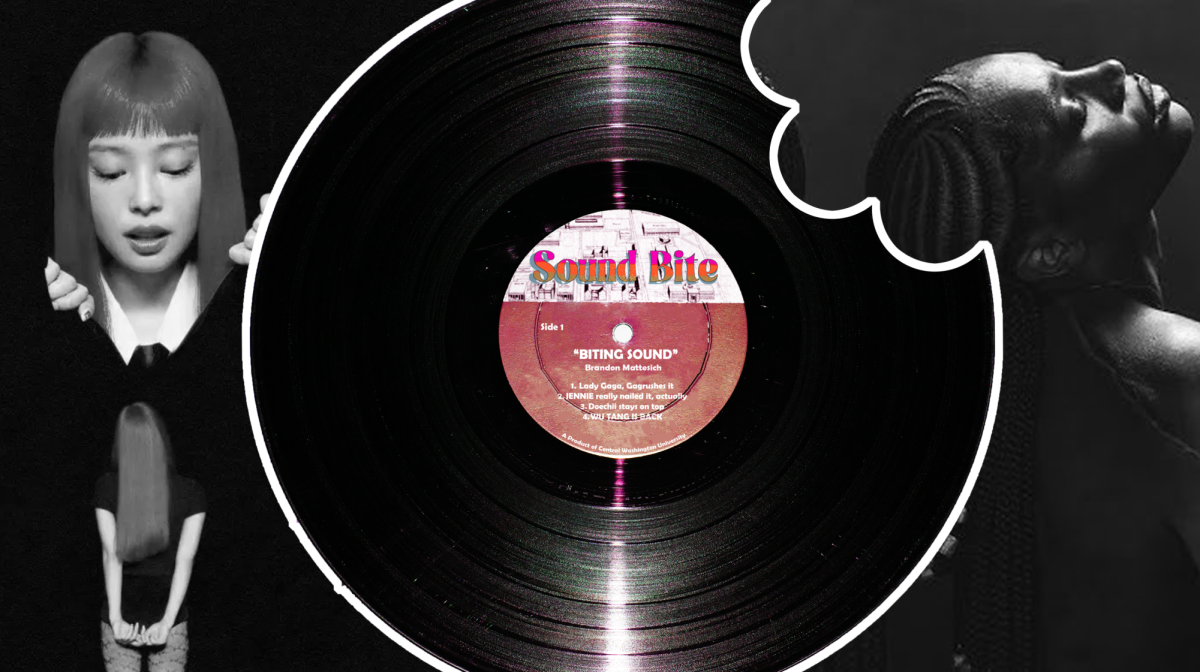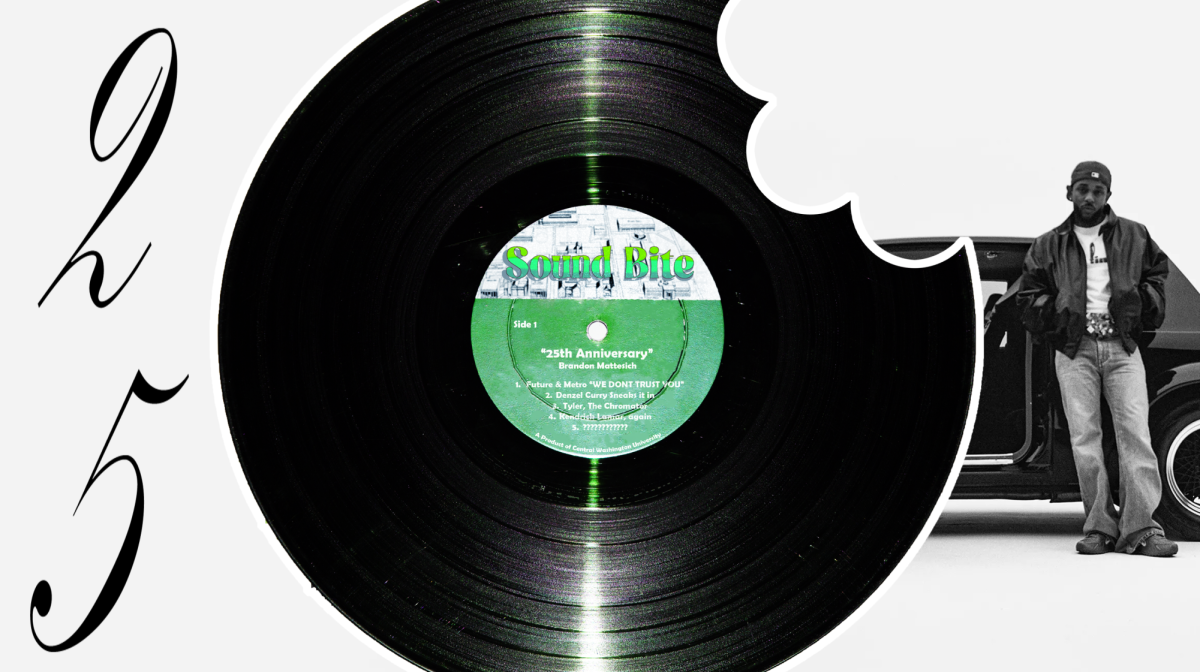The magical feelings associated with the holiday season have frittered away. The tinge of red and green that coated the world has washed off. The fragrant smells of holiday cheer have become dull. The fruitful sounds of family and friends are dimming into the distance.
The days are feeling shorter, the sun is quickly slipping off to bed. The chill from the outside creeping in, and the warmth of the world hiding away. You tuck yourself further into bed, further from the outside world. You could have a case of Seasonal Affective Disorder.
What is Seasonal Affective Disorder?
While we all may experience the occasional hump when stepping back to reality after the holidays, for some it can be more difficult. Seasonal Affective Disorder, or SAD as it is often referenced, is a type of depression that tends to affect individuals during certain seasons of the year, according to the Mayo Clinic.
SAD is more prevalent during fall and winter. The change in season often results in less sunlight, lower temperatures and shorter days. According to Johns Hopkins Medicine, this change in season can be correlated to a chemical or hormonal change in the brain, which is thought to be associated with SAD.
The rainy season that Washington is known for, while calm and optimal for some, can pose a harsh reality to other residents. The inevitable change from the beautiful, warm summer to a dark, cold and wet winter can bring on a case of SAD.
SAD vs. Post holiday blues
The wind up to the holidays is my favorite time. The anticipation of what is to come; the climbing excitement of seeing friends, family and all the cheerful festivities.
However, the wind down from the holiday hullabaloo always puts me in a funk. Returning to normalcy after this time can pose a difficult task. SAD can look different for everyone, but being able to distinguish SAD from a case of post holiday blues is important.
Fatigue, anxiety, decreased interest in formerly enjoyed activities and social withdrawal are just some of the symptoms associated with SAD, said Johns Hopkins Medicine.
Regardless of what you may be experiencing, it is important to be prepared; have resources and reach out if you need help.
Combating SAD this year
A case of SAD can come out of the blue, which makes preparation and knowledge your best friend. Even if you don’t experience symptoms of SAD yourself, having knowledge and tools in your back pocket may help you or your loved ones.
Here are a few things you can do to tame SAD this season:
- Reach out to a professional if you need help.
- Talk with friends and family members.
- Find activities that you enjoy.
- Take time for yourself.
- Be patient with yourself.
Resources for mental health
If you or someone you know is experiencing symptoms of SAD, anxiety or depression these resources may be helpful.







